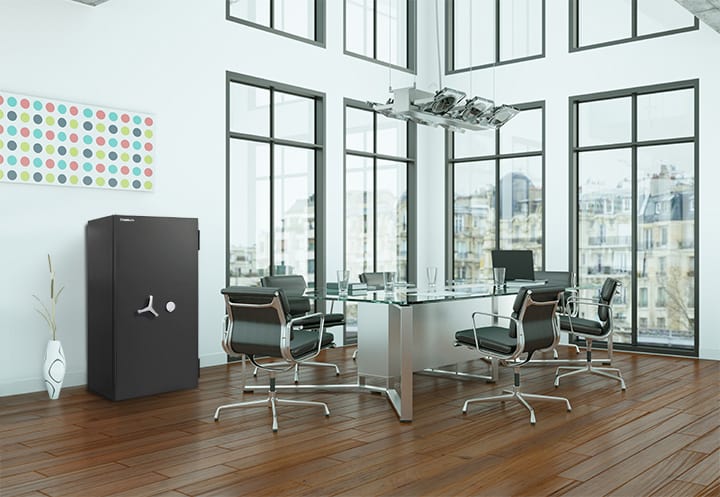
Are floor safes considered secure safes?
With a disconcerting increase on criminal activity rates these days, a growing number of people are getting worried about their personal belongings and how they can secure them against invasion and home/office security breach. Hence, safe experts and specialists developed an idea on how to protect important things and homes through a device that can endure the test of time. Therefore, floor safes entered into the spotlight. Essentially, a safe has 3 main classifications or configurations. They are the wall or wall-mounted safes, the freestanding safes, and the in-floor safes. Without elaborating and expanding into the classification of the other two safes, let us discuss the structures of flooring safes.
The Nature Of Floor Safes
Essentially, floor safes, like its 2 equivalents, are specially developed to provide protection and security to prized possessions and other important documents. As it name suggests, these safes are solely made to be mounted into the concrete piece on the ground. Since of its position, makers of these kind of safes highly suggest that the position of the safe should be thoroughly evaluated and thought about so as to maximize its potential. If mounted and bolted correctly end extensively, a good security safe can be the best defense against theft and even disasters like flood and fire.
Setup
Secure Safe setups are in fact more complicated and more expensive compared to wall safes. When installing Askwith safes, you have to cut a slab out of the ground or be drilled down by secure thick 4mm bolts.
About Floor Safes
Floor safes are under the classification of composites safes. That means that they have a mix of 2 functions, to fight flod, fire and robbery. In its totality, these kind of safes used commercially and at home has been tested against all forms of burglary. The ratings that floor safes acquire will also identify the cash rate of the product.
One drawback that customers discover on flooring safes is that it has a tick wall covering, which, by practicality, flooring safes render smaller sized space as compared to the typical metal vaults or the ordinary filing cabinets. People should understand that the primary factor why flooring safes are developed this way is because of its function, and that is to secure the valuables and not simply be a mere storage product.
The other feature of flooring safes is its electronic lock. Since they no longer have to rotate on a counting basis so as to open the safe, it offers convenience to the user. Plus, because it is electronic, the floor safe’s combination can be altered as often as you like.
The paradoxical disadvantage of floor safes is that, during a robbery, the intruder will have no option to attempt and take the safe with him, which might instigate him to be more violent and hostile with nearby captives in hopes of obtaining the contents in the safe. Thus, the flooring safe must be planned and thought carefully in terms of location and installation about the outright perfect safe for coverage in the evening and when no one is present.
They are the wall or wall-mounted safes, the freestanding safes, and the in-floor or just floor safes. As it name suggests, floor safes are exclusively made to be installed into the concrete slab of the flooring. Due to the fact that of its position, makers of flooring safes strongly recommend that the position of the safe must be thoroughly evaluated and thought about so as to optimize its capacity. Flooring safe setups are in fact more complex and more costly compared to wall safes. Flooring safes are under the category of composites safes.
Contact the Askwith safe company today and speak to one of our certified safe experts or drop by to our branches in Perth or Adelaide and view our range of security safes we have for sale. Askwith specialised the best home safe and commercial safes in Australia.
